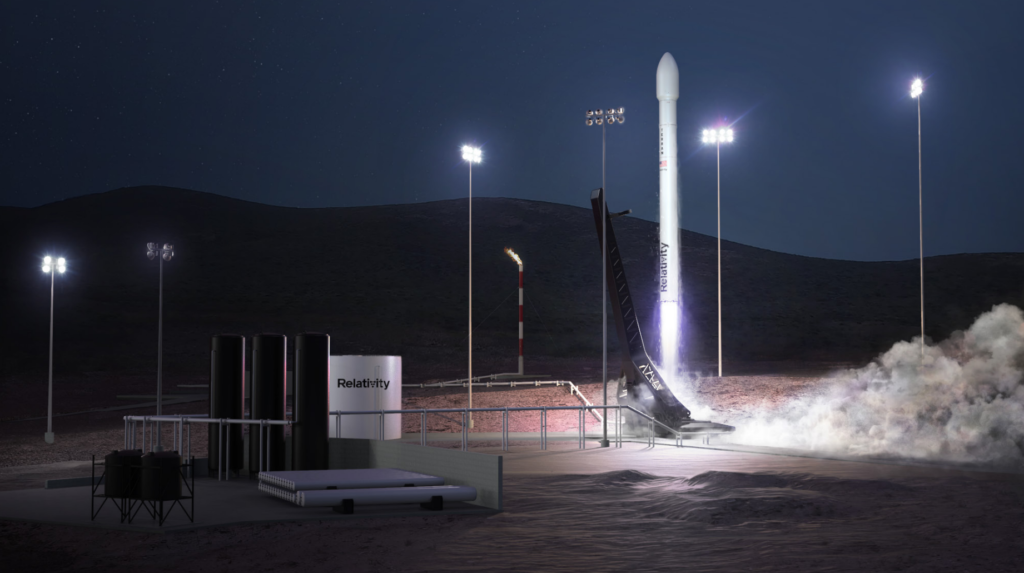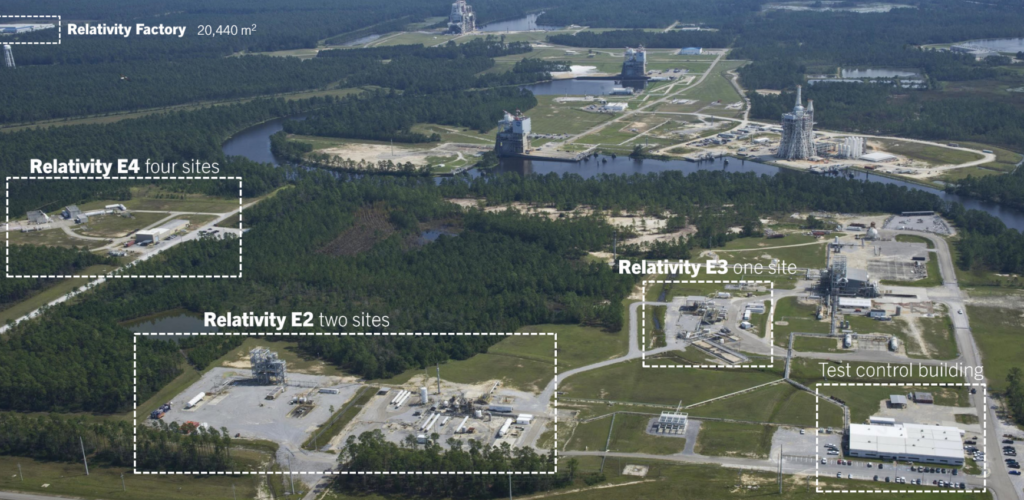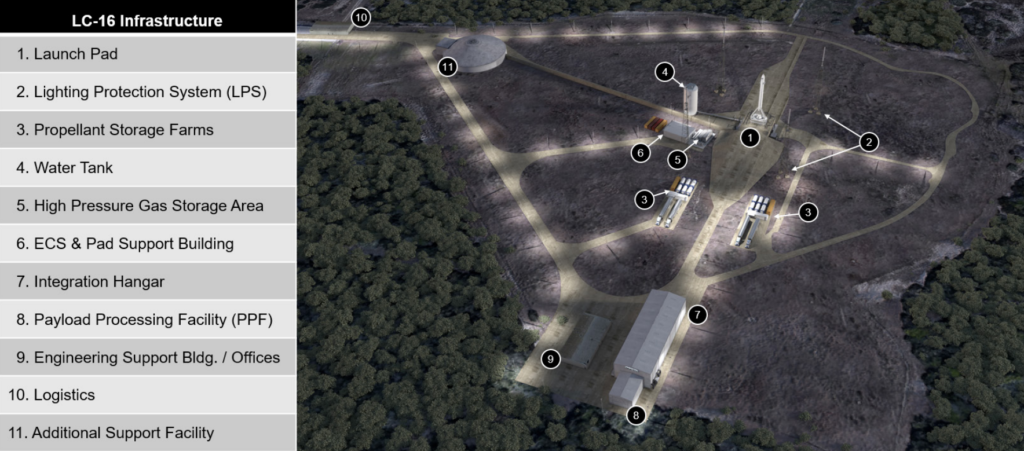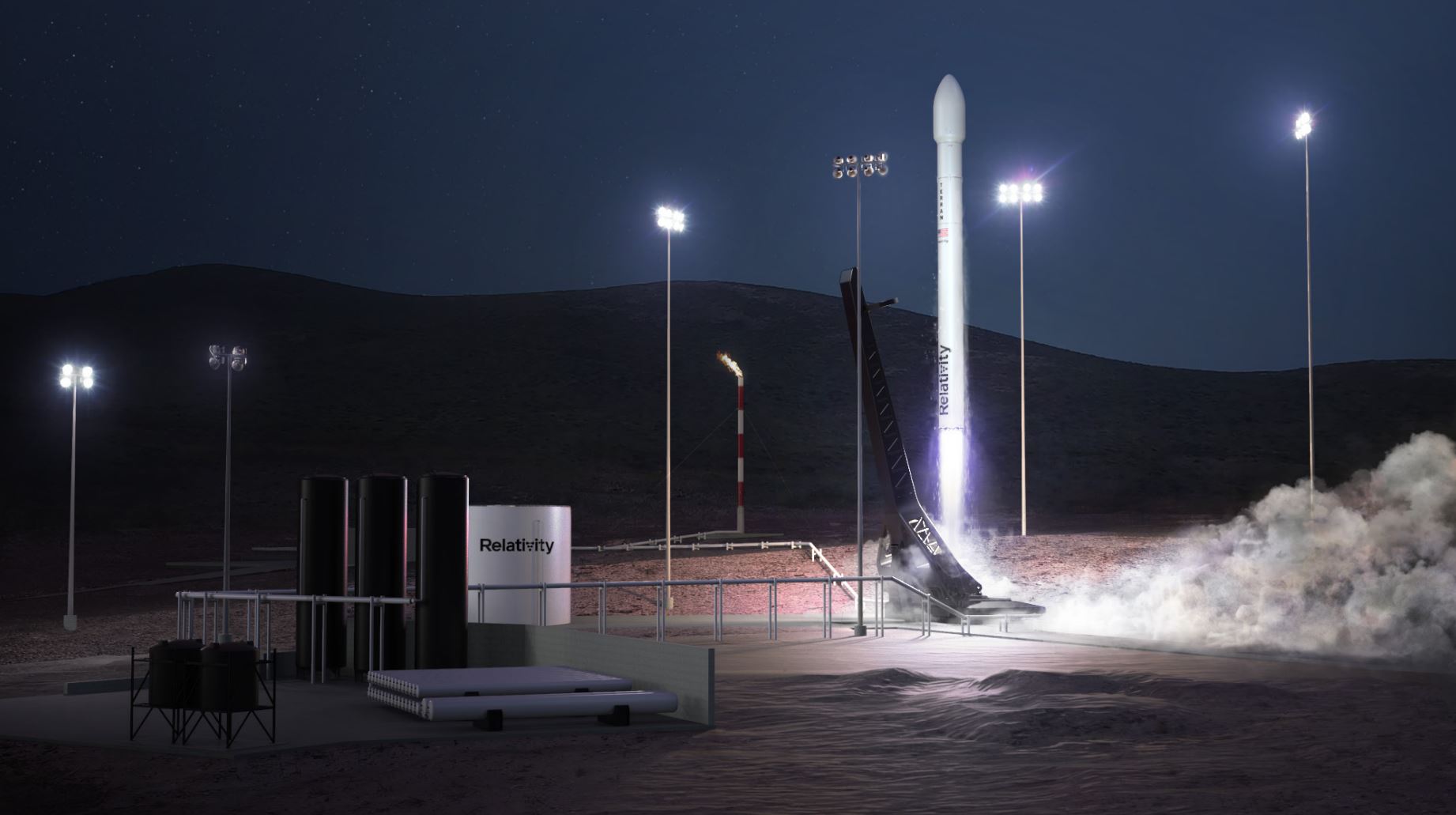
In-Depth View Of Relativity Space’s Facilities
Behind every upcoming space company is a massive system of necessary facilities and infrastructure that help through the complex process of getting a payload to orbit. This process involves development, manufacturing, testing, and launching, just to name a few. All of which need to work together in order for a company to continue to improve and innovate as time goes on.
Relativity Space has some very unique facilities across the country that each serve a specific purpose. With the use of 3D printing along with the ambitious goals for the future Relativity has put a lot of effort into these general facilities. This includes launch and production sites, along with a headquarters and much more. All of which are necessary for the success of the company.
Over recent years we have seen Relativity Space grow at an extremely fast pace as they work towards their first-ever launch. All of this would not be possible without the intricate system of facilities and more which provide the unique resources for 3D printing rockets and much more. Here I will go more in-depth into some of Relativity Space’s main and upcoming facilities they use.
Relativity Space Facilities

With a growing space company comes the addition of many different building and infrastructure that is necessary for daily operations. Not only will I highlight established building Relativity uses but also projects that are being built as we speak and will play an important role in the future of the company. This begins with Relativity Space’s Headquarters in Long Beach California. This massive building has been in construction for a while now and Relativity has provided updates along the way. Recently on March 11th, they tweeted saying, “Happy #Friday! We’re making progress on our move into our new 1M+ square foot headquarters in #LongBeach. Here’s a sneak peek of the buildout and progress.” With this they provided a short video highlighting some of the construction going on at the facility. This massive 120,000 square foot building will host both the company’s business operations and an unprecedented manufacturing facility, integrating machine learning, software, and robotics with metal additive manufacturing technology to produce Terran 1, the world’s first 3D printed rocket. Altogether this facility is meant to be capable of producing 12 Terran 1s in a single year among other things.
Next are the facilities and sites that play a direct role in the testing of different vital rocket equipment. This includes the NASA Stennis vehicle test sites and factory. Specifically, at this single location, there are 2 separate test facilities and a large factory being built. Relativity operates one-third of the test facilities at NASA Stennis Space Center across the E2, E3, and E4 test sites. The E2 site is used for Aeon engine component testing including extensive thrust chamber assembly firings. Since 2016, the E3 test site has been Relativity Space’s home for high-pressure and flow rate Aeon-1 engine testing, and has more recently been focused on igniter and gas generator testing. The E4 test site, consisting of four test cells over 89,000 m² (22 acres), hosts production testing of Aeon engines along with Terran stage tests. In addition to the test sites, Relativity uses nearby Building 9101 as expansion for production capabilities with the 20,440 m² (220,000 square feet) footprint including a 25 meter (80ft) high bay and bridge cranes. Taking a closer look at the E2 test site, here development, qualification, and acceptance testing of Aeon occurs. Relativity is investing capital to build on the existing site with a permanent team leading test operations. It’s rated for up to 324,000 pounds of thrust and uses two large test cells rated for horizontally-mounted engines and for vertically-mounted vehicle stages and/or engines. Many of the same features and purpose can be seen at the nearby E4 test stand. As for the Stennis factory, Relativity secured a 20-year exclusive use agreement for a 220,000 sq. ft. factory building at NASA Stennis Space Center to house one of our Stargate factories and for faster development of the Terran 1 launch vehicle. With production and testing facilities on one site, Relativity can offer greater flexibility to its customers and more. This building alone will feature an 80 foot high bay, 50 ton overhead crane, existing industrial infrastructure, and much more. All of which are vital for the manufacturing and testing of different Relativity Space products.
Launch Sites

I just highlighted some of the key infrastructure Relativity Space uses during the development, manufacturing, and testing phase of the rockets such as Terran 1 and more. The next most important facilities include the launch sites themselves. Launch sites are extremely complex as they work to support a massive rocket. Not to mention the location alone of the launch site can have a big impact on the capabilities of the rocket, orbit, etc. Before Relativity Space launches anything they need a high-quality launch site capable of housing, raising, stabilizing, fueling, and more all in a safe and efficient manner. This starts with Launch Complex 16. Relativity is constructing a launch facility on site LC-16 at Cape Canaveral Air Force Station (CCAFS) that will support initial test flights of Terran 1 and subsequent customer flights. The launch site, on the eastern end of CCAFS, is ideal for supporting low- to mid-inclination (28.5° to 55°) orbits. Inclinations less than 28° and greater than 55° are also possible but may result in decreased mass to orbit performance due to dogleg trajectories. Before Relativity was competitively awarded the site in 2019, LC-16 was used by the US Air Force for Titan I, Titan II, and Pershing missile launches, and briefly by NASA for Gemini crew processing and static test firing of the Apollo Service Module’s propulsion engine. Now Relativity Space is working to turn the site into a next-generation launch pad for rockets of the future.
Finally, there is Site B330. Relativity is planning a development of Site B330 at Vandenberg Air Force Base (VAFB) in California to support high-inclination (greater than 66°) flights of Terran 1. The launch site is located on the southern end of VAFB’s south base. Before Relativity’s activity began in 2020, the B330 site was used by the US Air Force and NASA for solid rocket storage. Specifically, Relativity has a Right of Entry Agreement with the United States Air Force, 30th Space Wing, for the development of rocket launch facilities at Vandenberg Air Force Base. Relativity’s launch capabilities will offer a complete range of orbital inclinations, including polar and sun synchronous orbits. Meant to provide Relativity with more future options as they work towards reaching orbit.
Conclusion
There is a lot that goes on behind the scenes of a rocket company. This especially is the case for an innovative and ambitious company such as Relativity Space. As of right now, Relativity has multiple different facilities and sites located around the country. These consist of production buildings, tests stands, launch sites, and more. All of which are vital to the current and future day-to-day operations of the company. In order to successfully 3D print rockets and prepare them for launch, all of these facilities need to be thought out and efficient. We will have to wait and see how Relativity Space progresses and the impact it has on the space industry.
